CHINASE | ENGLISH
bottom
NEWS
A complete success! “A kiss in the space” controlled by the astronauts remotely in the space station
Big news! Last weekend, our astronauts did another great thing!
Yes! At 7:55 on January 8, 2022, Beijing time, in about two hours, the crew of Shenzhou-13 finished the rendezvous and docking test of Tianzhou-2 cargo spacecraft and the space station complex successfully through manual remote control in the core module of the space station with the close coordination of the technicians on the ground. Let’s look at the report sent by the front-line reporter.
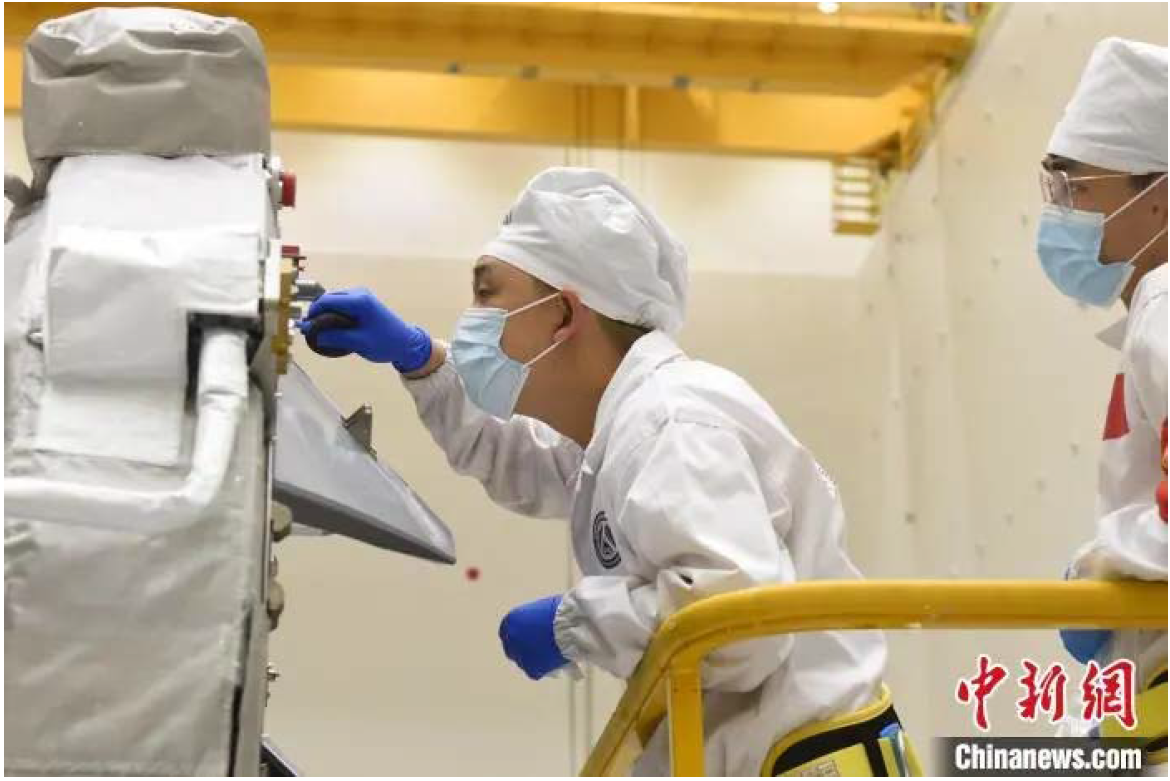
China is the third country in the world that has independently mastered the rendezvous and docking technology after the United States and Russia. On January 8, 2022, Beijing time, in the remote space, Tianzhou-2 cargo spacecraft was docked with the space station complex again. This is the fourth time for Tianzhou-2 to be docked since the establishment of China’s space station. Different from the past, this was the first time for the astronauts operated the equipment manually in orbit to finish the rendezvous and docking test.
Rendezvous and docking is the technology for two spacecraft to meet on the space orbit and form an integral in construction. It’s described as “a kiss in the space” or “building blocks in the space”. Only by making a breakthrough in the rendezvous and docking technology, can we perform the assembly and construction of the space station and realize material transportation and docking, space-ground trips of persons, etc.
Yuan Huiling, Chief Designer of the docking mechanism subsystem of Shanghai Academy of Spaceflight Technology, who is in the front line of ground flight control, will explain the details of the first “manual remote operation” for us.
“Autonomous driving” becoming “remote manual driving”
In the test, the crew of Shenzhou-13 successfully finished the rendezvous and docking test of Tianzhou-2 cargo spacecraft and the space station complex with the close coordination of the technicians on the ground through manual remote operation in the core module of the space station.
What is “manual remote operation”? According to Yuan Huiling, it has three connotations:
I. Manual
In the past, the rendezvous and docking was finished automatically. This time, the astronaut “drove” Tianzhou-2 cargo spacecraft to the space station complex. It can be compared to driving. In the past, it was autonomous driving; now, it’s manual driving.
II. Remote operation
This time, the astronauts were not on the cargo spacecraft; instead, they were in the core module of the space station. The astronauts controlled the cargo spacecraft remotely and made it fly to them.
III. Docking
The docking mechanism is responsible for the connection between Tianzhou-2 and the space station complex.
Three trials of exploration of “Tianzhou-2” in four docking operations
Since the debut in 2011, the rendezvous and docking technology of China Aerospace Science and Technology Corporation has developed for 11 years. Within 11 years, China has successfully finished the precise and reliable docking for 17 times. Since 2021 when China’s space station began to be built, Tianzhou-2 cargo spacecraft has participated in the rendezvous and docking for 4 times. They are:
I. The first time
On May 29, 2021, Tianzhou-2 cargo spacecraft was successfully launched. After 6.5 hours, it was successfully docked with the backward docking port, which was the first docking mission of China’s space station.
II. The second time
On September 18, 2021, Tianzhou-2 moved from the backward docking port to the forward docking port successfully through 180° diversion and realized precise docking again. This further shows that the docking mechanism possesses the ability of multiple reliable docking in orbit.
III. The third time
On January 6, 2022, the test of using the mechanical arm of the space station for the transposition of Tianzhou-2 cargo spacecraft was successfully performed. After the transposition test started and Tianzhou-2 and Tianhe core module were unlocked and separated, under the drive of the mechanical arm, Tianzhou-2 had plane transposition with the center of the node of the core module as the center of circle. Then the mechanical arm had a reverse operation, till the cargo spacecraft was docked with the core module again and locked tightly.
IV. The fourth time
It means the docking on January 8, 2022.
Three types of “kisses in the space” helped with the on-orbit assembling of the space station
According to the introduction of Yuan Huiling, at present, there are three types of rendezvous and docking, namely, automatic rendezvous and docking, mechanical arm-assisted rendezvous and docking, and rendezvous and docking manually controlled by the astronaut. All these three modes have been tested on Tianzhou-2, which has accumulated rich experience for the on-orbit assembly and construction of China’s space station in the future. Specifically:
I. Automatic rendezvous and docking
The control system can realize the on-orbit rendezvous and docking of two aircraft automatically. The system has a high accuracy and can react faster than manual operation.
II. Manually controlled rendezvous and docking
It’s a “backup” of automatic rendezvous and docking. When the automatic rendezvous and docking mode fails, the astronaut can control two aircraft to realize short-distance rendezvous and docking manually. According to Yuan Huiling, in this test, the astronauts are very good at “driving”. “We had a look at it then. When they met, the conditions were fine controlled,” said him. Actually, this is not the first test of manually controlled rendezvous and docking of China Aerospace Science and Technology Corporation. On June 24, 2012, the astronauts of Shenzhou-9 piloted the spacecraft to dock with Tiangong-1 target aircraft. Manually controlled rendezvous and docking was tested then. But, it was not controlled remotely.
III. Mechanical arm-assisted rendezvous and docking
It is another supplementary form and is also a trial for the future. For example, once there is a problem during rendezvous and docking, it may allow the mechanical arm to hover and catch the aircraft, so that it can pull the aircraft over for docking.
Source: China News Service
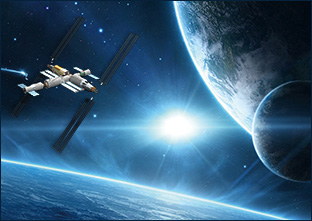
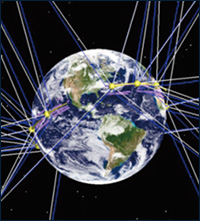
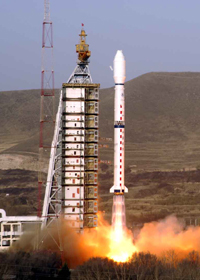
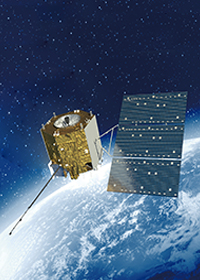
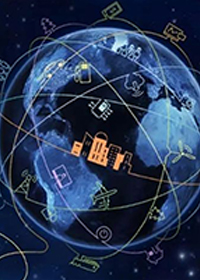
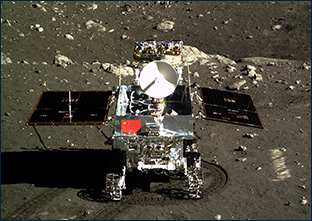
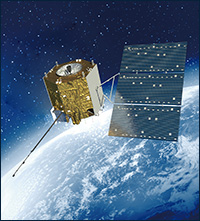

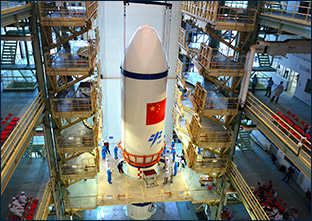



 DOWNLOAD
DOWNLOAD E-MAIL
E-MAIL